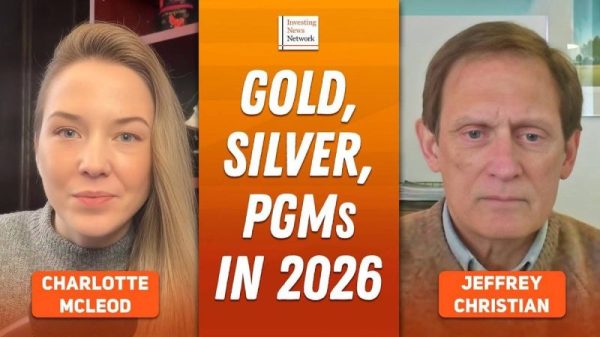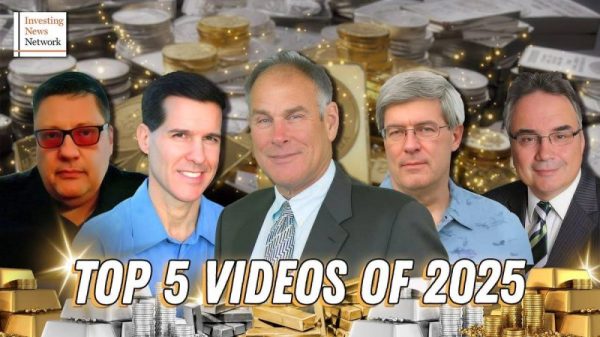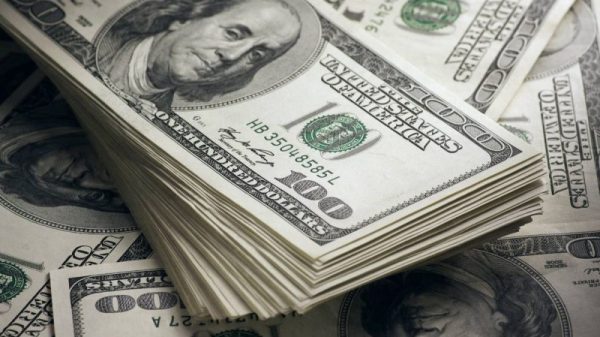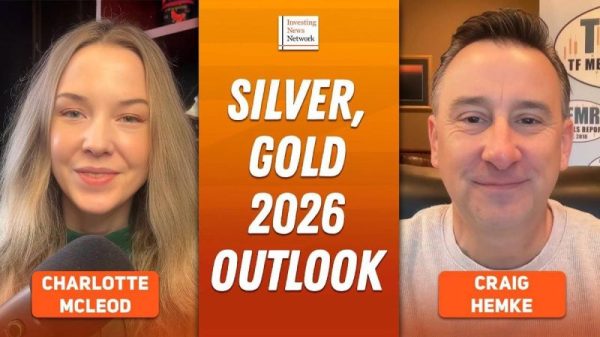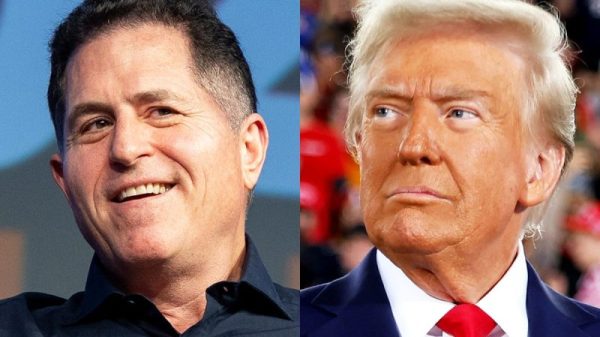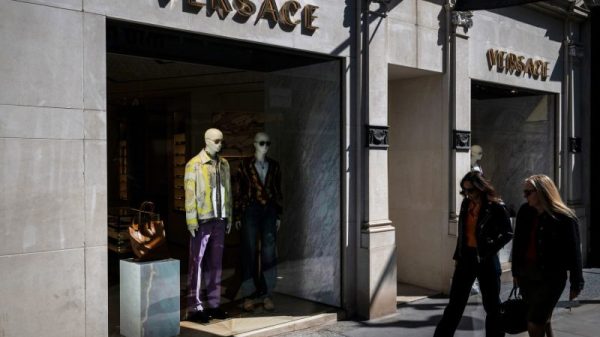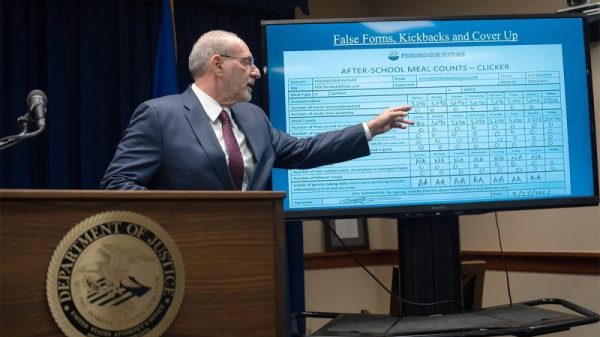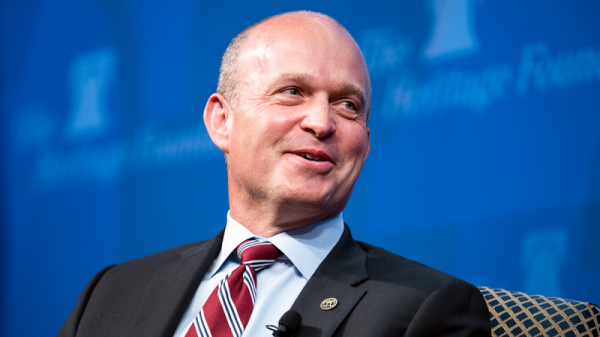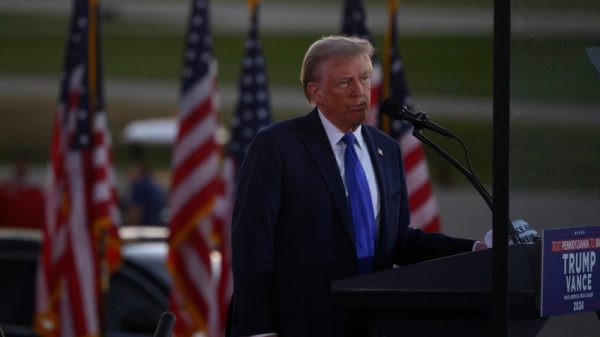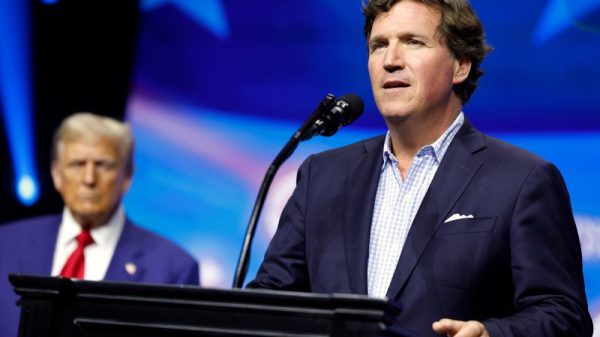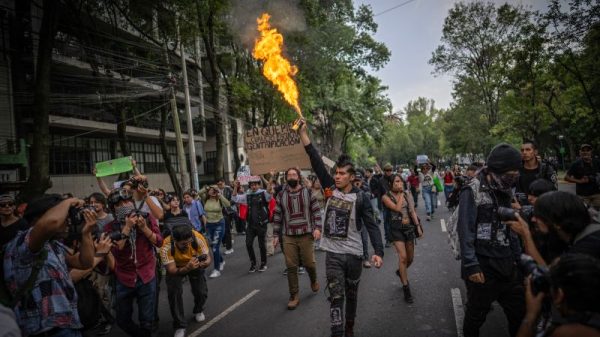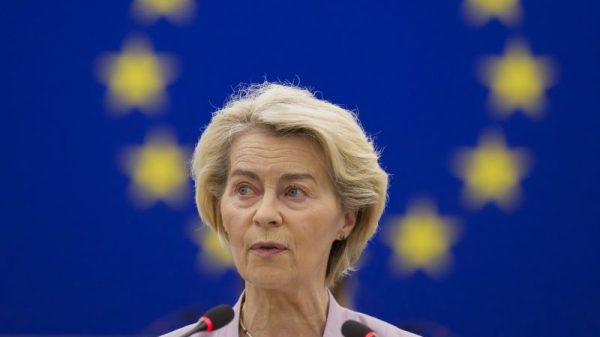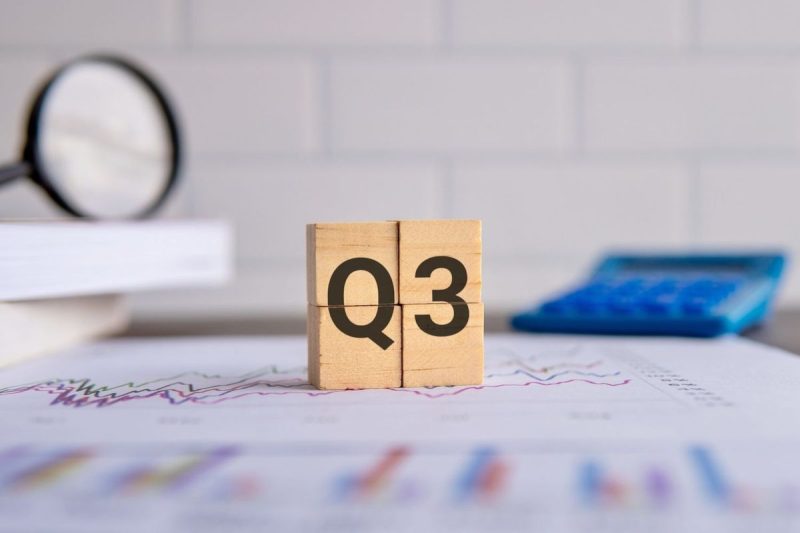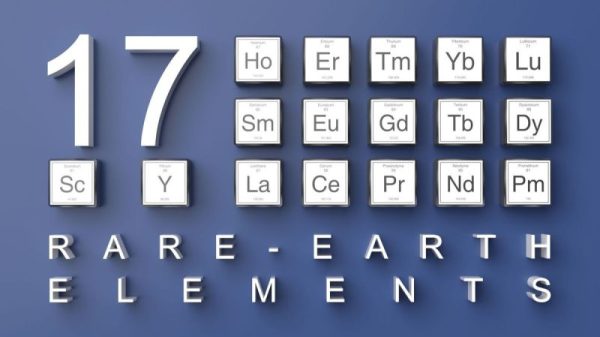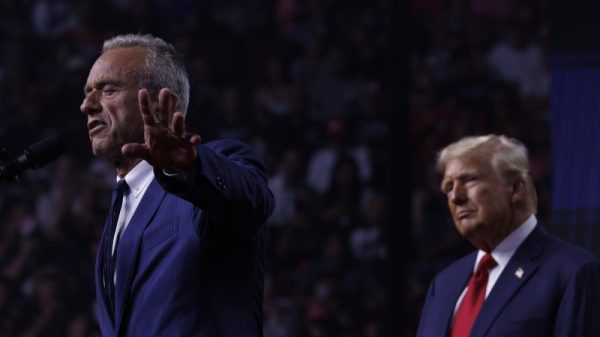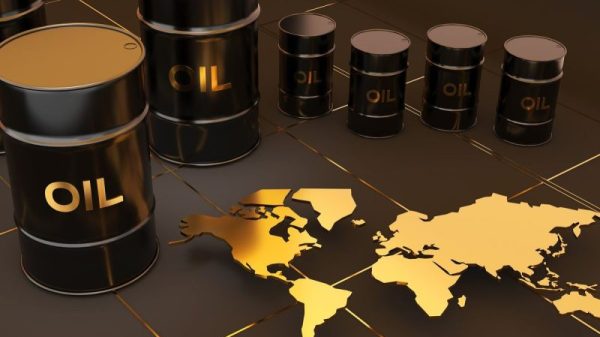Lithium carbonate values saw further declines in the third quarter, starting the 90 day session at US$12,999 per metric ton and shedding 22 percent by September 10, hitting a three year low of US$10,019.
Despite the contraction, market watchers and analysts are viewing Q3 as a price stabilization period for lithium, noting that the battery metal, which was previously in free fall, likely bottomed out in September.
This theory has been reinforced by an upward trend in prices during the first weeks of the fourth quarter.
Some of Q3’s price stability came as lithium producers scaled back output and expenditures to counter slower demand growth, particularly from the electric vehicle (EV) sector, which is the primary driver of lithium demand.
Their response also benefited other segments of the lithium market.
“Prices for lithium carbonate in China remained at a premium to hydroxide in a reflection of the growing regional preference for LFP cathode chemistries over high-nickel NCM. However, this gap remained narrow.”
While chemical prices remained close to equal, spodumene prices fell. Jang said this was a delayed response to the decline in chemical prices, as most spodumene pricing contracts reference the chemical spot market.
The decrease in spodumene prices was also mentioned in a July price assessment from S&P Global Commodity Insights. It notes that spodumene has registered a steep price decline since peaking during Q4 2022.
According to Platts data, spodumene with 6 percent lithium oxide content was assessed at US$950 per metric ton on July 15, FOB Australia basis. That’s down US$7,250, or 88 percent, from its peak on November 18, 2022.
Lithium supply and demand trends in Q3
Market oversupply, subdued spot market activity and a shift in preferred battery chemistries emerged as the most prevalent trends impacting the lithium market between July and the end of September.
“Q3 has been a quiet quarter on the spot market. The majority of demand from midstream consumers of lithium chemicals was satisfied by volumes delivered under contract,” Jang commented. “Cathode producers secured limited extra material on the spot market, adjusting this according to their demand.”
Prices also faced headwinds from a supply imbalance. “Inventories of chemicals in China remained high, which did not support prices. Several lithium producers, especially those higher up the cost curve that were producing from hard rock, reduced or stopped production due to the deteriorating price environment,” she added.
On the battery side, the once-dominant NCM chemistry lost some of its market share to the lithium-rich LFP design.
“LFP demand growth proved stronger than NCM, resulting in increased LFP production, with some cathode producers undertaking the approximately nine month process of switching a portion of their capacity from NCM to LFP,” said Jang.
EV sales climb as market recovers
Although US EV sales figures for 2024 have come in below projections, the broader EV sector made large gains in September when global sales tallies topped 1.7 million units, setting a new monthly record.
According to data from Rho Motion, the banner month for EV sales represents a 22 percent year-to-date increase. Regionally, the Chinese market saw the most significant increase, with 1.1 million new EVs sold.
“This record-breaking month of EV sales brings new hope to the industry,” said Charles Lester, data manager at Rho Motion, in a mid-October article. He went on to note, “While the electrification of transport seems inevitable, the recent slowdown of sales in many parts of the world has sewn seeds of doubt which can now start to be swept aside. However, the regional disparities are astonishing, with China alone accounting for well over half the global total, meanwhile Europe’s numbers are shrinking, and the US and Canada are steadily growing.”
Another end-use segment that saw demand growth in Q3 was the energy storage system (ESS) sector. Jang noted that it grew steadily even as downstream EV sales growth continued to vary widely between different regions.
‘We saw this particularly in North America, where it triggered ESS market participants to secure carbonate ahead of the presidential election in November, fearing tariff increases following either election result,” she said.
Tariffs incentivizing North American EV production
As the third largest producer of lithium and the leader in battery and EV manufacturing, China’s dominance in these markets has led the US, EU and Canada to implement steep tariffs on Chinese EVs.
Most recently, Canada levied a 100 percent tariff on EV imports from the country, citing “unfair” trade policies. China responded quickly by filing a complaint with the World Trade Organization over the 100 percent EV tariffs, as well as Canada’s 25 percent tariffs on aluminum and steel products from the Asian nation.
Although the EV tariffs are meant to protect Canadian automakers and the sector, they do little to address the nation’s supremacy in battery manufacturing, nor do they incentivize regional lithium production.
“Tariffs on raw material imports are likely to be more impactful in spurring regional lithium production than tariffs on EV imports. But domestic automakers tend not to be too fond of this as it raises their cost of production. Domestic automakers are more interested in EV import tariffs of course, but the impact of this on regional lithium production is less direct,’ noted Adam Megginson, an analyst at Benchmark Mineral Intelligence
In the US, tariffs on Chinese lithium-ion batteries for EVs are set to jump from 7.5 percent to 25 percent in 2025, while tariffs on EV imports will climb to 100 percent. However, even as the Biden administration hikes taxes on Chinese EVs, it is offering help to the domestic auto sector.
“We have seen strong funding support at the federal level, with a second round of grants from the US Department of Energy unveiled targeted at battery raw materials projects,” said Megginson.
The analyst went on to note that SWA Lithium, a joint venture company owned by Canada’s Standard Lithium (TSXV:SLI,NYSEAMERICAN:SLI) and Norwegian energy company Equinor (NYSE:EQNR), received a US$225 million grant from the US for the construction of Phase 1 of the South West Arkansas project.
The Department of Energy’s Office of Manufacturing and Energy Supply Chains, which oversees the funding, also awarded a grant to another US-based company. “American lithium project developer TerraVolta was selected by the (Department of Energy) to receive a US$225 million grant for its Liberty Owl project, located in Texarkana, Texas. TerraVolta plans to commence construction in 2028, with production the following year,” said Megginson.
Lithium projects in the pipeline
Although the lithium market remained depressed and well supplied during the third quarter, Benchmark Mineral Intelligence is forecasting a supply shortage starting as early as 2025.
While there are currently 101 lithium mines globally, future supply may struggle to meet growing demand, particularly with China expected to drive a 20 percent annual increase over the next decade.
Low lithium prices have already led to reduced project investments and capital expenditures. However, as Jang pointed out, several significant investments in future supply were made during the third quarter.
“In July 2024, European Lithium (ASX:EUR,OTCQB:EUEMF) and Obeikan Group signed a 50/50 joint venture agreement to jointly develop the construction and operation of a lithium hydroxide facility in Saudi Arabia,” she said.
The Benchmark Mineral Intelligence analyst also noted that the EU signed a framework agreement on critical raw materials supply with the Republic of Serbia in July.
Of course, there were also challenges in the quarter. July saw Rio Tinto’s(ASX:RIO,NYSE:RIO,LSE:RIO) plans to advance the Jadar lithium project in Serbia met with opposition. Protestors were demanding that the country’s government revoke permission for the proposed mine and implement a lithium-mining ban.
An October 7 parliamentary vote in Serbia failed to enact such a ban.
Jang also outlined other notable development news from the quarter, including Ganfeng Lithium’s (OTC Pink:GENF,SZSE:002460,HKEX:1772) August investment in Lithium Argentina’s (TSXV:LIT,OTCQX:LILIF,FSE:OAY3) Pastos Grandes lithium brine project in Salta, Argentina, marking a significant expansion in its South American operations.
Also in August, E3 Lithium (TSXV:ETL,OTCQX:EEMMF) entered a joint development agreement with Pure Lithium to explore the design of a lithium metal anode and battery pilot plant in Alberta, Canada.
“In September 2024, Ganfeng Lithium announced a RMB 500 million (US$70.5 million) investment to boost cathode production at its mica mine and processing project in Inner Mongolia,” she said.
“Additionally, SQM Australia (NYSE:SQM) partnered with Andrada Mining (LSE:ATM,OTCQB:ATMTF) in September to jointly develop the Lithium Ridge asset in Namibia.”
Continuing this trend, Rio Tinto announced plans to spend US$6.7 billion to acquire US-based Arcadium Lithium (NYSE:ALTM,ASX:LTM) in early October.
Lithium trends to watch as 2024 continues
If the lithium market has indeed bottomed, there may be opportunities for those with the right risk appetite.
According to a late July report from Sprott, while the long-term outlook for lithium miners remains positive due to rising demand, many producers have experienced significant share price drops throughout 2024.
The firm believes that given lithium’s demand outlook, these stocks could be well positioned for future growth. For investors, this could mean a chance to invest in lithium miners at lower prices compared to 2023.
On a different note, Megginson encouraged investors to watch the US election moving forward.
‘All eyes will be on the US election to see whether a Trump presidency brings about significant structural changes to the (Inflation Reduction Act), or a Harris presidency strengthens this policy support picture,’ he said.
‘We typically expect demand for lithium chemicals to be highest heading into Q4, as it tends to be the strongest quarter for EV sales. Given that feedstock supply upstream remains fairly strong, and chemicals supply in the midstream remains robust, we may not see much movement in prices to the end of the year,’ added Megginson.
Looking ahead to 2025, the analyst said he expects to see more market consolidation if prices remain rangebound. This could also lead to companies looking for merger and acquisition opportunities.
“In 2025, it will be interesting to see which projects are forced to pause or halt production due to the price level challenging their economics,” he said. “Lastly, we will be watching lithium project developments in Africa closely, as several companies are actively developing capacity in the continent, particularly in Zimbabwe and Namibia.’
Megginson added, “Should this new hard-rock supply come online, and at a sufficient grade quality and consistency, it could pose a challenge to incumbent producers who sit higher up on the cost curve.”
Securities Disclosure: I, Georgia Williams, hold no direct investment interest in any company mentioned in this article.


